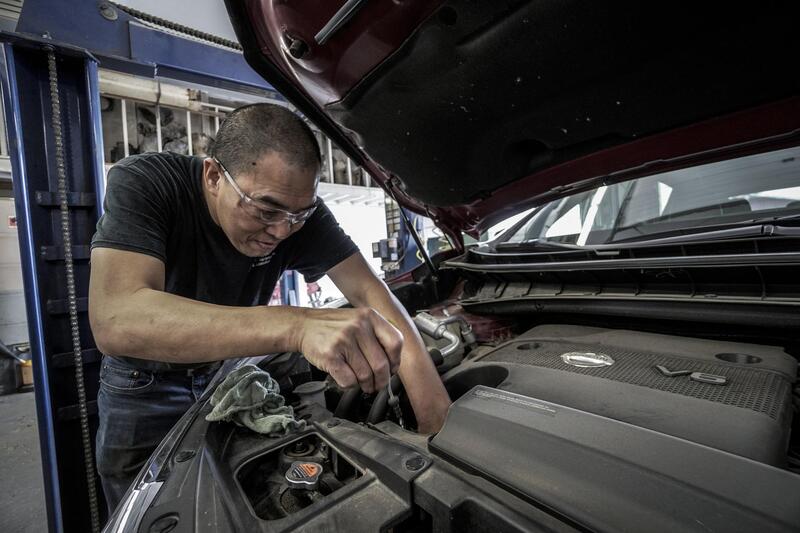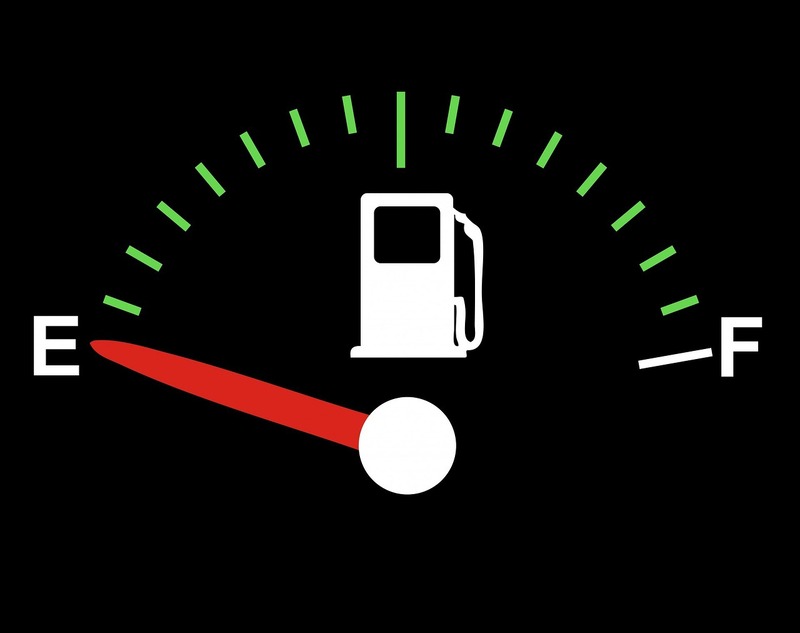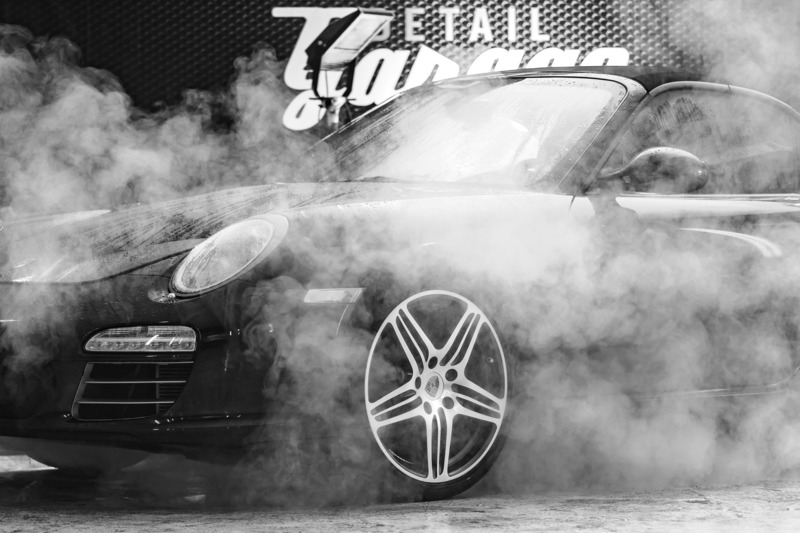Have you recently changed the fuel pump of your car? If you have, then it is natural for you to expect a smooth run from your car. But what if your new fuel pump does not function as expected and the car runs with hitches? There are some common problems you may face while driving your car after changing its fuel pump. Being aware of these problems will help you take the necessary action to fix them. So, without further ado, let’s talk about the common problems after changing the fuel pump. You will also get to know what to do after replacing the fuel pump.
Common Problems After Changing Fuel Pump
If your car has a new fuel pump but still won’t start, don’t worry – you’re not alone. This is a common problem, and there are several things you can do to troubleshoot it. Here are some of the most common problems you may face while driving your car after replacing the fuel pump.
1. The Engine Does Not Start Smoothly

After you change the fuel pump of your car, it is quite common to face difficulties in starting the engine. This is because the process of changing the fuel pump might disturb the timing of the engine. As a result, the engine will misfire and will not start.
How to Fix
This problem can be easily fixed by resetting the timing of the engine. Just disconnect the battery’s negative terminal for 30 seconds and then reconnect it. This will reset the Engine Control Module (ECM) of your car and enable it to start properly. So, if you are facing difficulty in starting your car after changing the fuel pump, resetting the engine timing should fix the problem.
2. The Fuel Gauge Reading Is Not Consistent

After you’ve changed your fuel pump, it’s not uncommon to have an inconsistent fuel gauge reading. This is usually caused by a build-up of dirt and debris on the float arm.
How to Fix
To fix this, you’ll need to clean the arm and make sure it’s free of any obstructions. After that, reset the fuel-sending unit by disconnecting the negative battery terminal for about 30 seconds. This should clear any codes and allow the new fuel pump to function properly. If you’re still having issues after doing this, then you may need to replace the fuel-sending unit itself.
3. Malfunctioning Fuel Gauge
It is common for the fuel gauge not to work properly after fuel pump replacement. There are a few things that could be causing this, but the most likely culprit is a faulty connection between the pump and the gauge.
How to Fix
To fix this, first, check the wiring harness for any damage. If everything looks good, then reconnect the pump and gauge and see if that fixes the problem. If not, then you may need to replace the gauge itself. Luckily, this isn’t too difficult to do and there are plenty of tutorials online that can walk you through the process. If you have patience and some fundamental mechanical knowledge, you should be able to get your fuel gauge working again in no time.
Read More: Bad Fuel Injector Symptoms You Must Know [How To Fix]
4. Engine Stalling While Driving
Have you ever tried starting your car and it just won’t turn over? Or, have you been driving along and suddenly your engine just cuts out? If so, then you may have a problem with your car’s fuel pump. Engine stalling is a common problem when there is an issue with the fuel pump.
How to Fix
If you are thinking about how to start a car after replacing the fuel pump, there are a few simple things you can do. First, check the fuel grade. If you’re using a lower grade than recommended, this can cause stalling. Second, check the fuel filter. A clogged filter can restrict fuel flow and cause stalling.
Finally, check the fuel pressure. If it’s too low, this can also cause stalling. If you’re still having problems, take your car to a mechanic and have them take a look. Putting a little effort into troubleshooting, you should be able to get your car running smoothly again in no time.
Read More: How to Clean Purge Solenoid Valve? Easy & Effective Method
5. Rough Idling Engine
Rough idling is a common issue that can occur after changing the fuel pump. The problem occurs when the engine is not getting enough fuel, causing it to run rough. There are a few possible causes of this problem, including a faulty fuel injector or a clogged fuel filter.
In most cases, rough idling can be resolved by simply adjusting the fuel mixture. However, if the problem persists, it may be necessary to replace the fuel pump or have the engine serviced. Despite being a relatively minor issue, rough idling can be frustrating and inconvenient. Thankfully, in most cases, it is relatively easy to fix.
How to Fix
First, check the air filter. A dirty air filter is responsible for the engine running lean, resulting in rough idling. Second, make sure all the spark plugs are in good condition and firing properly. A misfiring spark plug can cause the engine to run erratically. Finally, check the fuel pressure. If it’s too low, the engine may not be getting enough fuel, causing it to idle roughly. If you’re still having problems after doing all of these, then it’s time to take your car to a mechanic and have them take a look at it.
6. Harsh Whirring Noise

If your car is making a loud, harsh, whirring noise after fuel pump replacement, there are a few possible explanations. First, the new pump may be too big for the housing. This can cause the pump to rub against the side of the housing, which will create a lot of noise. Second, the new pump may not be properly seated in the housing. This can also cause rubbing and noise. Finally, the new pump may have been damaged during installation.
How to Fix
If any of these things is happening, you’ll need to take the car back to the mechanic and have them fix it. Otherwise, you’ll just have to live with the noise until you can afford to replace the pump again.
7. Smoke in the Car

If you find smoke in your car after changing the fuel pump, there could be many possible reasons behind it. One of the most common reasons is excessive fuel pressure. Another possible reason can be clogged fuel filters. There can be one more potential reason – a malfunctioning pump.
How to Fix
If it is a problem with fuel pressure, use the fuel pressure regulator to control the pressure. If you find out the fuel filter is clogged, immediately clean it out. And if you see your new fuel pump is faulty, you may need to change it again.
How to Troubleshoot Fuel Pump Problems (How to test a fuel pump)
If your car isn’t starting, or if it’s having trouble getting fuel, there’s a good chance that the fuel pump is the problem. Fortunately, testing a fuel pump is relatively easy, and you can do it yourself by following a few simple steps:
- First, make sure that there’s enough gasoline in the tank. If the tank is empty, the pump can’t do its job.
- Next, locate the fuel pump relay and test it for continuity. If the relay is defective, it will need to be replaced.
- Finally, check the electrical connector for the fuel pump. If the connector is loose or damaged, it may need to be repaired or replaced.
By following these simple steps, you should be able to troubleshoot any fuel pump problems you’re experiencing.
What Happens If You Install a Fuel Pump Wrong?
If you install a fuel pump wrong, the consequences can be pretty serious. The fuel pump helps in delivering fuel from the tank to the engine, and if it’s not installed properly, the fuel won’t be delivered evenly. This can cause all kinds of problems, from decreased performance to stalling and even engine damage. In worst-case scenarios, an improperly installed fuel pump can even lead to a fire. So if you’re not sure how to install a fuel pump, it’s always best to consult a professional. If you try to do it yourself, it could end up costing you a lot more in the long run.
How to Avoid Fuel Pump Problems After Changing Them
Changing the fuel pump is a tricky job. But it’s important to do it right so you don’t have any problems down the road. Here are a few tips to help you avoid fuel pump problems after changing them:
- Make sure the new pump is compatible with your car. There are different types of pumps for different car models, so it’s important to get the right one.
- Follow the instructions carefully when installing the new pump. If you’re not sure about something, ask a professional or look online for guidance.
- After changing the pump, bleed the fuel system to get rid of any air bubbles. This will help prevent damage to the new pump.
If you follow these tips, you can help ensure that your new fuel pump will work properly and last for a long time.
Final thoughts,
Are you experiencing any of the problems listed here? It might be time to change your fuel pump. To improve the ride quality of your car after replacing the fuel pump, always use the recommended type of gasoline for your car (check the owner’s manual). You should also make sure the fuel cap is tight and in good condition and don’t top off the tank when refueling. Follow these simple tips and you will be able to keep your car running smoothly for years to come. Thanks for reading!
FAQs
Can I drive with a bad fuel pump?
Bad fuel pumps can definitely affect your car’s drivability. When a fuel pump is bad, it can’t create the necessary vacuum or pressure to get the fuel from the tank to the engine. As a result, the Engine Light comes on and your car will start to sputter and hesitate. So, instead of driving a car with a bad fuel pump, it’s best to take your car in for a diagnosis as soon as possible.
Can a new fuel pump be faulty?
Yes, it is possible for a new fuel pump to be faulty. When you install a new fuel pump, it’s important to follow the manufacturer’s instructions for ensuring that it is properly installed and primed.
If the pump isn’t primed properly, or if there is air in the fuel line, it can cause problems with the engine. In some cases, a new fuel pump may not work properly because of a defect in the manufacturing process.
Why is my replaced fuel pump not working?
There could be a number of reasons why your new fuel pump isn’t working. It’s possible that the pump was defective or that it wasn’t installed correctly. There could also be a problem with the wiring or the fuel lines.
What other component should you replace with the fuel pump?
In addition to the fuel pump, you should also replace the fuel filter and the fuel pressure regulator. These are all parts of the fuel system that can wear out over time and cause your car to run poorly. By replacing all of these parts at the same time, you can be sure that your car will be running as efficiently as possible.
